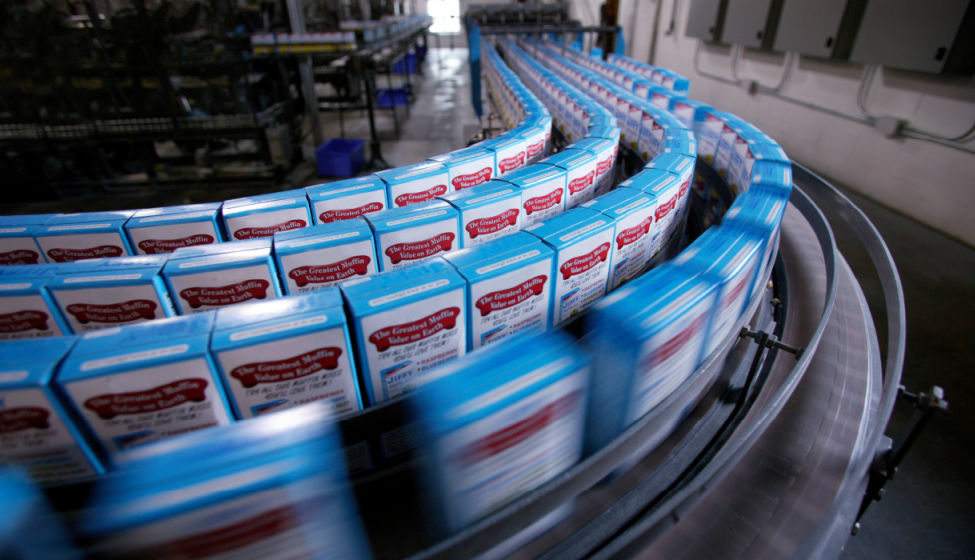October 15, 2021
A flurry of new laws target per- & polyfluoroalkyl substances in California commerce
On October 5 and 6, 2021, California Governor Gavin Newsom signed four new bills regulating per- and polyfluoroalkyl substances (PFAS) — regardless of overall molecular structure — in consumer products:
Assembly Bill 652 bans PFAS in consumer products designed for children under 12 that are intentionally added or present "at or above 100 part-per-million (ppm), as measured in total organic fluorine," effective July 1, 2023, with exceptions for electronics, medical devices, and internal components that would not come in direct contact with a child's skin or mouth.
Assembly Bill 1200 bans PFAS in food packaging that is "comprised, in substantial part, of paper, paperboard, or other materials originally derived from plant fibers" that are intentionally added or present at or above 100 ppm, measured as total organic fluorine, effective January 1, 2023. This same bill also requires that cookware be labeled with the chemicals "intentionally added" in manufacturing on the manufacturer's website as of January 1, 2023, and on the package as of January 1, 2024. Cookware containing PFAS cannot be labelled as "free of any specific chemical if the chemical belongs to a chemical group or class" of chemicals that "exhibit a hazard trait or an environmental or toxicological endpoint that meets the criteria specified" by the California Department of Toxic Substances Control (DTSC).
Senate Bill 343 prohibits products from being labelled "recyclable" if they contain PFAS that is "intentionally added to a product or packaging and that have a functional or technical effect in the product or packaging" or present "at or above 100 ppm, as total organic fluorine."
Assembly Bill 1201 prohibits products from being labelled as "compostable" if they contain more than 100 ppm as total organic fluorine.
Assembly Bill 1200 and 652 and Senate Bill 343 define PFAS as "a class of fluorinated organic chemicals containing at least one fully fluorinated carbon atom." This is the same definition the State of Maine recently implemented in regulating PFAS, but it is significantly broader than the recent proposed reporting requirements for the Toxic Substances Control Act. This broad definition encompasses certain fluoropolymers, pharmaceuticals, and common hydrofluorocarbon refrigerants, such as 1,1,1,2-tetrafluoroethane (commonly known as R-134a) and 2,3,3,3-tetrafluoropropene (commonly known as HFO-1234yf).
The California PFAS bans are novel in that the bills define and ban PFAS content at or above 100 ppm as measured by total organic fluorine. While the California bills define PFAS as a "fully fluorinated carbon" — i.e., containing two or three fluorine atoms — total organic fluorine methods do not distinguish between the number of fluorine atoms present on the carbon atom and, as such, may identify more than what is strictly defined as PFAS.
Furthermore, total organic fluorine is measured using entirely different methods than those typically used by regulatory agencies that target individual compounds. No official method currently exists for total organic fluorine, although the U.S. Environmental Protection Agency (EPA) is currently developing one. Based on published testing results, there is little correlation between PFAS concentrations in consumer products obtained using conventional methods and total organic fluorine methods.
The limitations in using total organic fluorine appear to be acknowledged in at least one of the bills. While Assembly Bill 1201 defines PFAS based on total organic fluorine consistent with the other four bills, it does allow the DTSC to adopt a "different standard that it determines would more effectively limit the presence of" PFAS.
How Exponent Can Help
Exponent's consultants have the expertise to help clients navigate these new California regulations. Our multidisciplinary team of analytical and polymer chemists, engineers, and health scientists can help you evaluate your consumer products and manufacturing processes to meet these new regulations and assess reporting and labeling needs. Our experts can also assist clients and California regulatory agencies in identifying alternatives to total measurement techniques, such as total organic fluorine, and identify standards or methods that would more precisely target PFAS content as individual compounds in consumer products.




